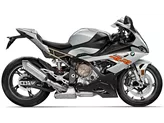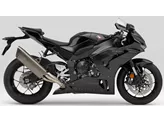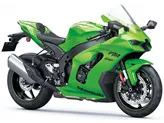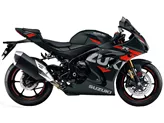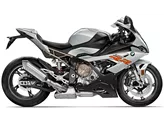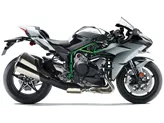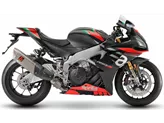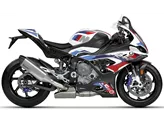Suzuki GSX-R 1000 2009 vs. BMW S 1000 RR 2011

Suzuki GSX-R 1000 2009

BMW S 1000 RR 2011
Overview - Suzuki GSX-R 1000 2009 vs BMW S 1000 RR 2011
The Suzuki GSX-R 1000 model year 2009 and the BMW S 1000 RR model year 2011 are both high-performance supersport motorcycles. While they share some similarities in terms of engine type, displacement, and braking technology, there are notable differences in their technical specifications and overall performance.
Starting with the engine and drive train, both motorcycles have inline four-cylinder engines. The Suzuki GSX-R 1000 has a bore of 74.5 mm and a stroke of 57.3 mm, resulting in a displacement of 999 ccm. It produces 136 HP of power and 116.7 Nm of torque, with a compression ratio of 12.8. On the other hand, the BMW S 1000 RR has a larger bore of 80 mm and a shorter stroke of 49.7 mm, also resulting in a displacement of 999 ccm. It boasts a higher power output of 192 HP and 112 Nm of torque, with a compression ratio of 13.
In terms of chassis, both motorcycles feature aluminum frames. The Suzuki GSX-R 1000 has a twin-spar frame, while the BMW S 1000 RR utilizes a twin tube frame. This difference in frame design may result in variations in handling and stability.

Suzuki GSX-R 1000 2009
When it comes to braking, both motorcycles are equipped with double disk brakes at the front, featuring radial technology. This ensures efficient and reliable stopping power, providing the rider with a sense of control and confidence.
In terms of dimensions and weights, the Suzuki GSX-R 1000 has a wheelbase of 1405 mm, a seat height of 810 mm, and a kerb weight of 203 kg. It has a front tire width of 120 mm and a rear tire width of 190 mm. The fuel tank capacity is 17.5 liters. On the other hand, the BMW S 1000 RR has a slightly longer wheelbase of 1432 mm and a higher seat height of 820 mm. It also has a kerb weight of 204 kg, front and rear tire widths of 120 mm and 190 mm respectively, and a fuel tank capacity of 17.5 liters.

BMW S 1000 RR 2011
In terms of strengths, the Suzuki GSX-R 1000 2009 boasts improved geometry, a compact engine design, and a relaxed seating position. It also features a system with multiple height adjustments and an anti-hopping clutch, enhancing its overall performance and ride quality. On the other hand, the BMW S 1000 RR 2011 offers improved driveability with an optimized torque curve. It has plenty of power, a strong engine, and a good traction point. Additionally, it features an immaculately functioning shift assist, allowing for smooth and precise gear changes.
However, both motorcycles have their weaknesses. The Suzuki GSX-R 1000 2009 has suboptimal accessibility of compression adjustment and may feel weak in the lower rev range. It is also not recommended for beginners due to its high-performance nature. On the other hand, the BMW S 1000 RR 2011 may be fatiguing to ride due to its accelerating load.
In conclusion, the Suzuki GSX-R 1000 2009 and the BMW S 1000 RR 2011 are both powerful and capable supersport motorcycles. While the BMW offers a higher power output and improved driveability, the Suzuki has its own strengths in terms of geometry, seating position, and adjustable features. Ultimately, the choice between the two would depend on the rider's preferences and priorities.
Technical Specifications Suzuki GSX-R 1000 2009 compared to BMW S 1000 RR 2011
Pros and Cons in comparison
Pros and Cons in comparison
Suzuki GSX-R 1000 2009

The GSX-R 1000 remains something for the experienced rider, despite its precise and balanced rideability and controllable power delivery. Suzuki knows that a thousand must remain a thousand and strictly adheres to this. Let's hope that they can continue to do so for a long time.
BMW S 1000 RR 2011
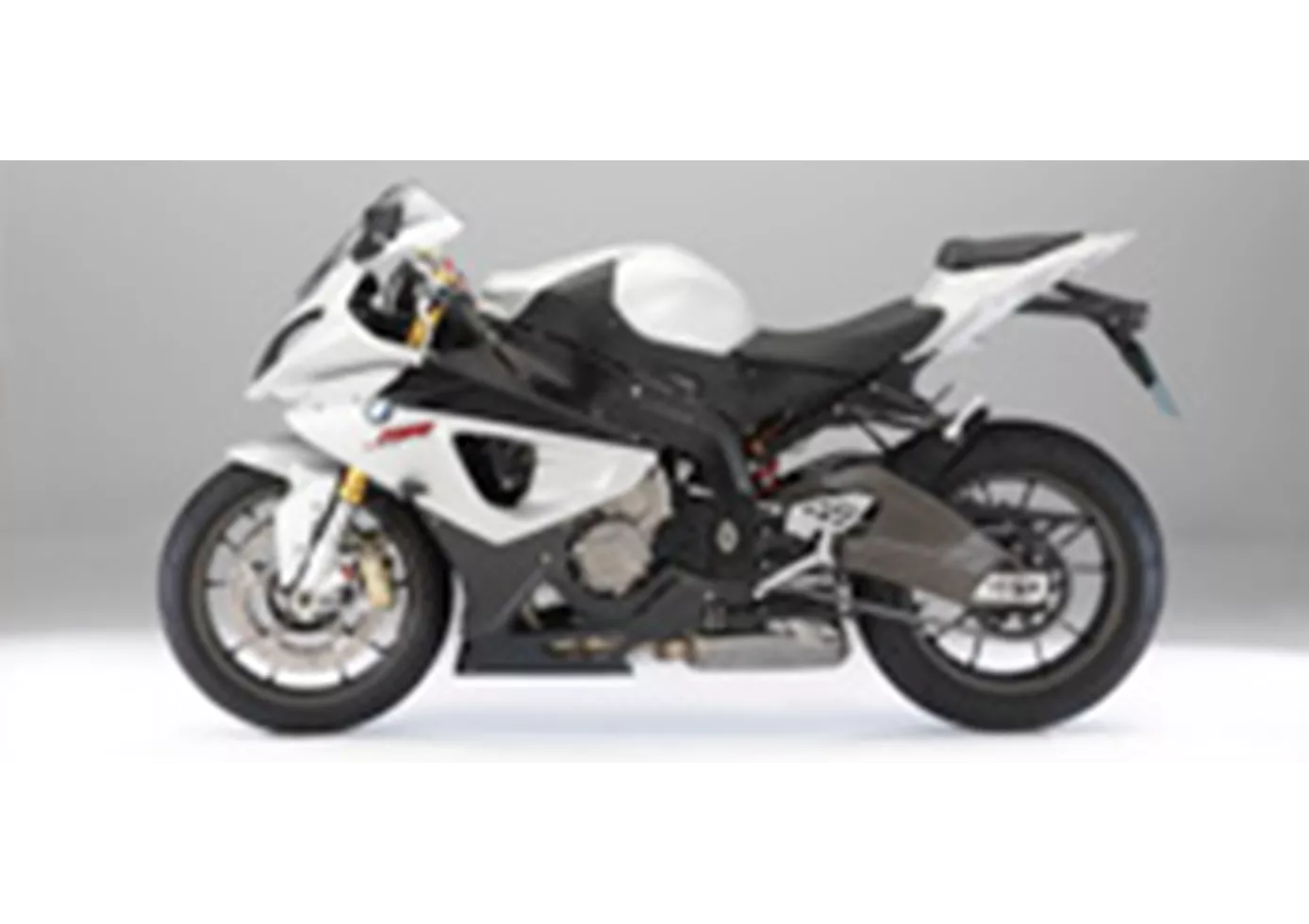
The most important changes to the S 1000 RR, however, were the numerous small adjustments to the chassis and geometry. Here we now benefit from thousands of test kilometres from the BMW test crew. This is logical evolution and a great step forward.
Price Comparison Avarage Market Price Suzuki GSX-R 1000 vs BMW S 1000 RR
There are a few key differences between a Suzuki GSX-R 1000 2009 and a BMW S 1000 RR 2011. In terms of price, the actual average price of a BMW S 1000 RR 2011 is about 22% higher. Compared to BMW S 1000 RR 2011 there are more Suzuki GSX-R 1000 2009 bikes available on the 1000PS.de Marketplace, specifically 6 compared to 5. It takes less time to sell a BMW S 1000 RR with 47 days compared to 64 days for the Suzuki GSX-R 1000. Since model year 2005 1000PS.de editors have written 71 reviews for the Suzuki GSX-R 1000 and 135 reviews for the BMW S 1000 RR since model year 2010. The first review for the Suzuki GSX-R 1000 was published on 3/3/2004 and now has more than 7,100 views. This compares to more than 4,000 views for the first review on BMW S 1000 RR published on 4/16/2008.





